For the past two weeks, a group of students from the Coimbatore Institute of Technology (CIT) from India have been immersed in a very different learning environment. They have been immersed in stories about Vietnamese women, from wartime memories to traditional crafts passed down through generations.
The group of 16 students is in Hanoi to participate in an international internship and conference program organized by RMIT University Vietnam in collaboration with the Vietnam Women’s Museum. From late May to early June, the group will attend workshops with experts from Vietnam, India, Australia and China, and explore new ways to preserve and promote cultural heritage using AI and data science .
Professor Valliappan Raman, Head of the Department of Artificial Intelligence and Data Science at CIT, appreciates the importance of interdisciplinary internship programs for students.
“In today’s interconnected world , cross-disciplinary collaboration is not only beneficial but also necessary to shape the impact of future AI professionals. Collaborating with experts from fields such as cultural heritage, healthcare or design helps students gain a deeper understanding of human-centered technology applications and ethical considerations. These experiences help them think holistically, innovate responsibly, interpret data meaningfully and co-create solutions that have a broader social impact,” he said.
CIT students with representatives of the Vietnamese Women's Museum and RMIT University Vietnam
Students worked with oral records provided by the Vietnamese Women's Museum, then applied AI and natural language processing to uncover overarching themes such as motherhood, the role of women in wartime, livelihood hardship, crafts, and traditions.
They also analyzed the museum's social media performance, identifying which types of posts and hashtags connected most with online audiences.
Under the guidance of RMIT University Vietnam and Australia faculty, Shanghai Jiao Tong University, CIT, and the Vietnam Women’s Museum’s Communications Department, the students turned data into insights. The team developed visual charts, analyzed trending topics, and made recommendations to help the museum engage a younger generation and organize its collections more effectively.
"The student group's projects have provided valuable suggestions for the future direction of integrating and promoting heritage values using technology," said Ms. Le Cam Nhung, Head of Communications Department, Vietnam Women's Museum. "This approach is also in line with our Museum's development strategy in the coming period. Initiatives to connect with international universities will be one of our main activities to enhance knowledge sharing and turn the museum into an open learning environment for the public."
This collaboration is not just technical. Students are also guided in ethical considerations when working with personal stories and cultural data, and learn to approach the work with sensitivity and respect.
Combining creative thinking, technology and human stories
In addition to the internship program, the group of students also had the opportunity to immerse themselves in local culture through sightseeing and exchange activities with Vietnamese students.
CIT student Dhivyaabharathi S said this was her first experience of a truly international academic environment. She appreciated the experience because it was more practical and hands-on than the usual academic projects.
"The collaboration with the museum made the job particularly appealing. My internship in Hanoi was not only a memorable professional experience but also a growth opportunity that contributed significantly to my academic and personal development."
Student Arya Nakshathra NK said: “The internship was an incredibly exciting and rewarding journey. Working with the museum allowed me to explore culture, storytelling and mass media in a meaningful way. I am truly grateful for the opportunity to work in such a diverse and inspiring environment.”
Students visit the Vietnamese Women's Museum. Photo: Ondris Pui
“We are always looking to partner with international universities that are willing to contribute or support local organisations in Vietnam,” said Ondris Pui, lecturer in Creative Design and program leader at RMIT. “Such collaborations are a springboard for new and unexplored products that bring both social and cultural benefits. By combining creative thinking, technology and human stories, students also gain a deeper sense of mission. I hope to see more partnerships between the creative sector and AI to create impactful and inclusive solutions for the communities we serve.”
From helping museums connect with modern audiences to uncovering untold stories through data, this tech-cultural exchange shows that with the right support, students can begin to make a real impact.
Source: https://phunuvietnam.vn/sinh-vien-an-do-su-dung-ai-de-quang-ba-di-san-van-hoa-cua-phu-nu-viet-nam-20250612164006921.htm



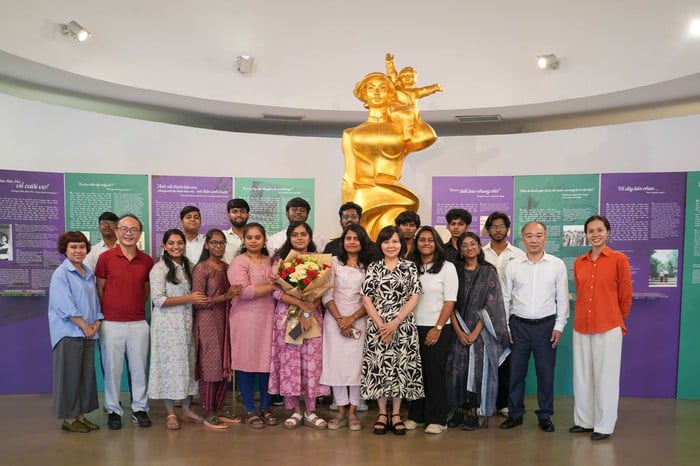



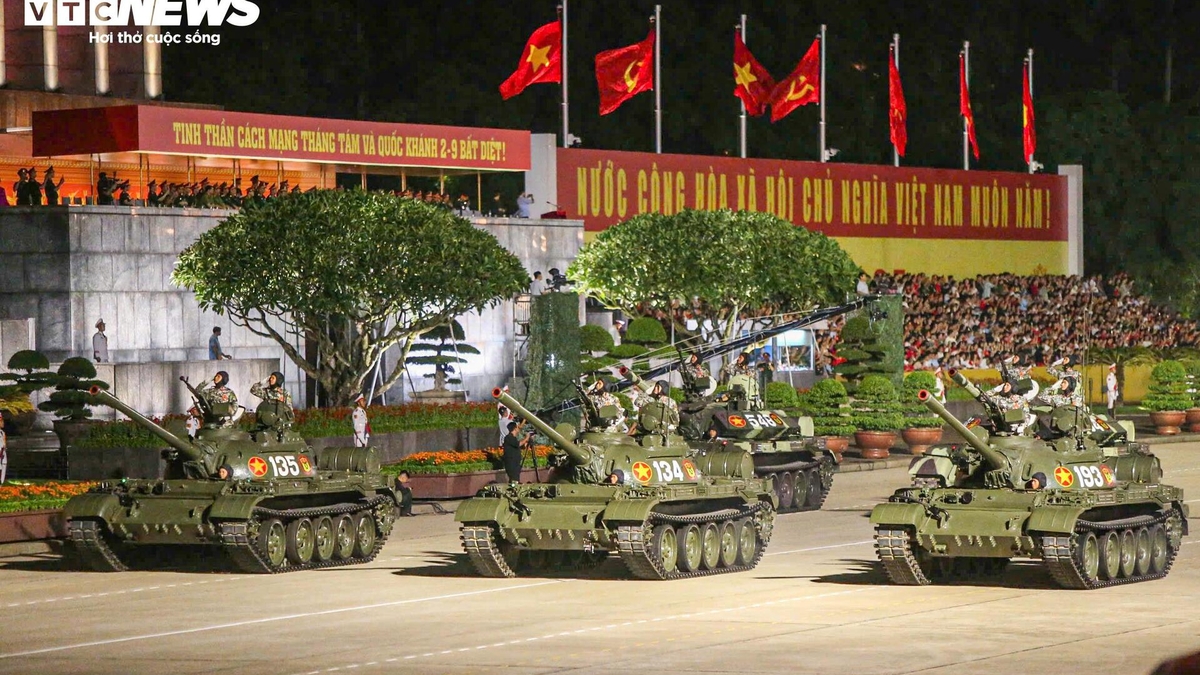
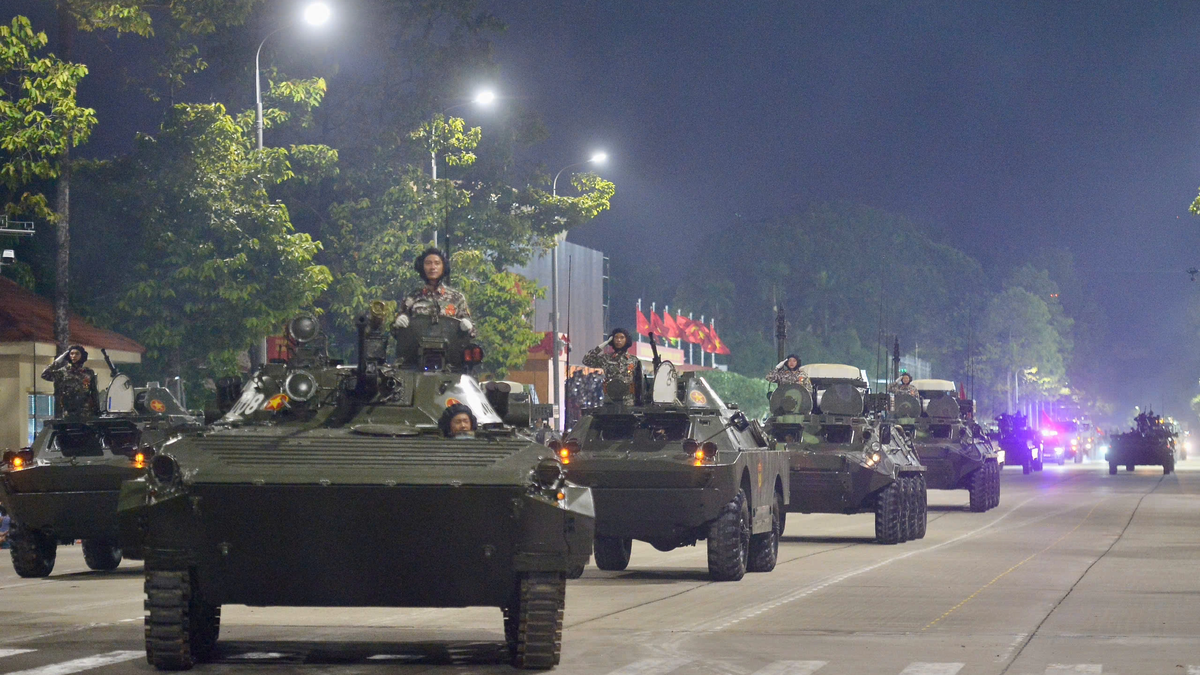
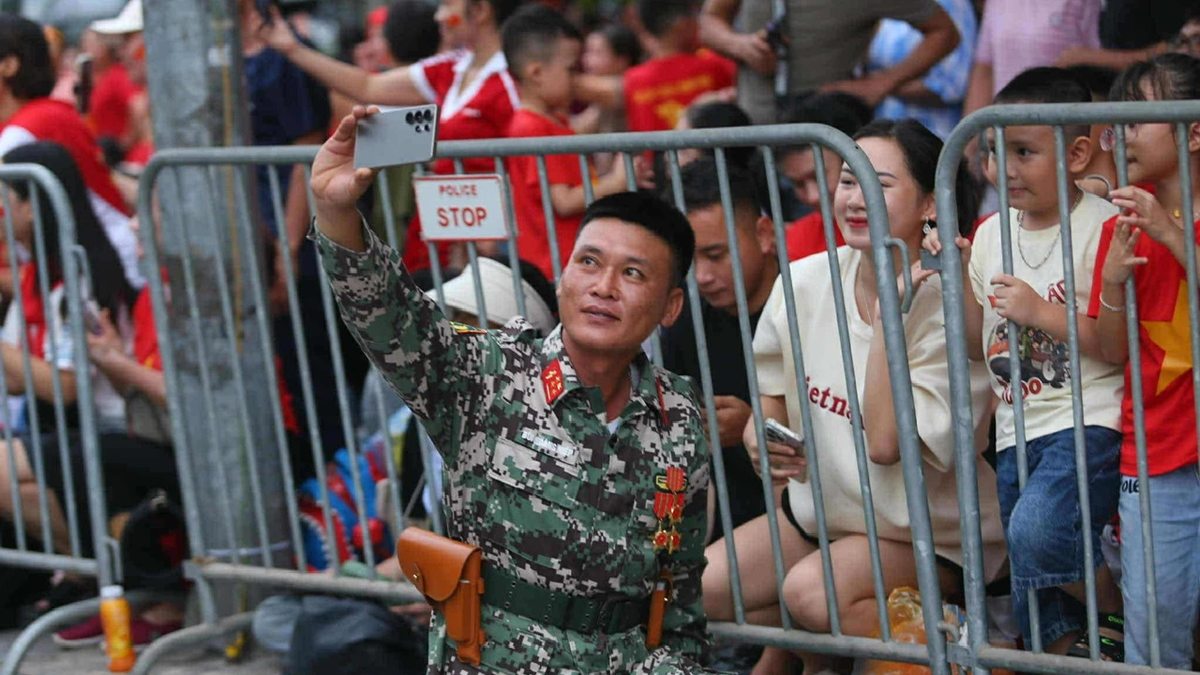
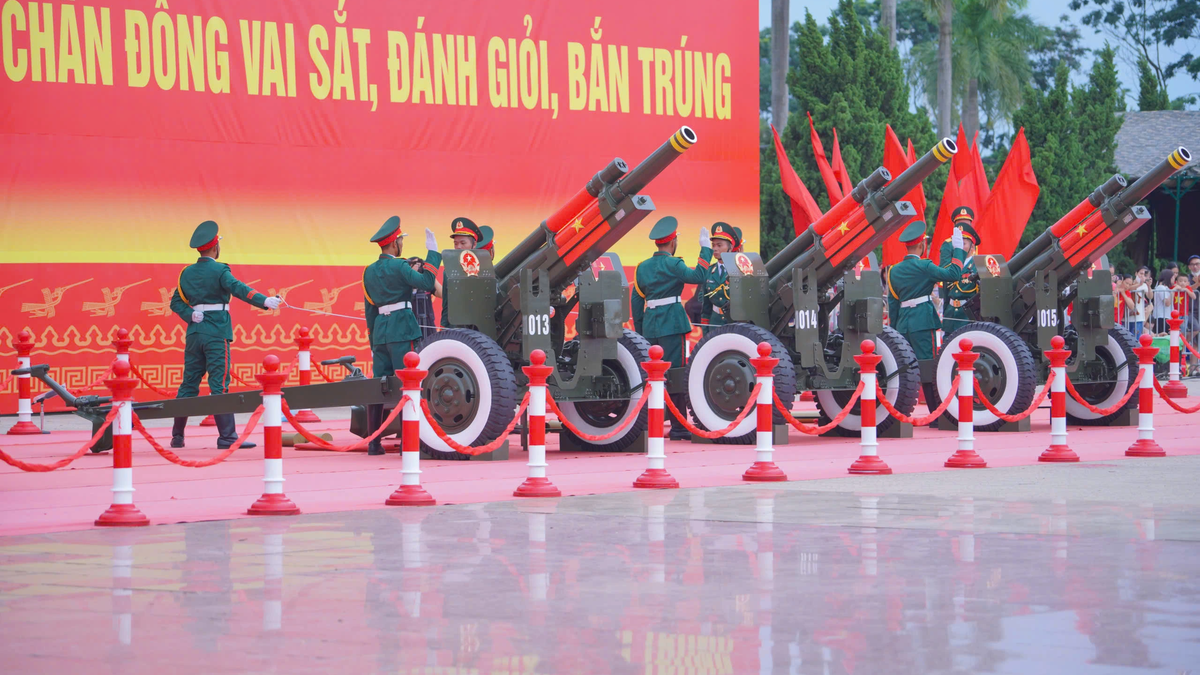


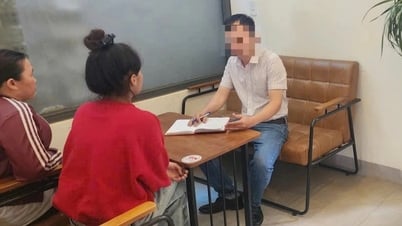

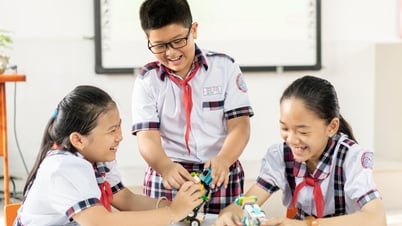

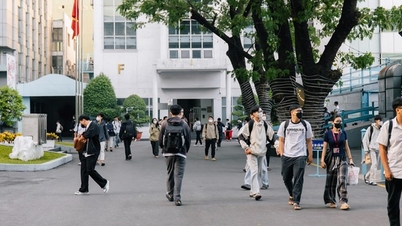

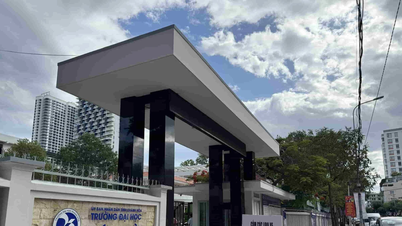

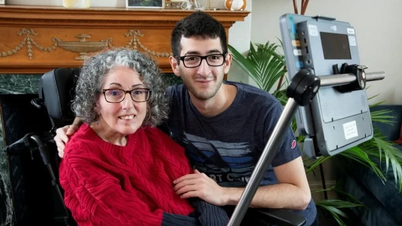

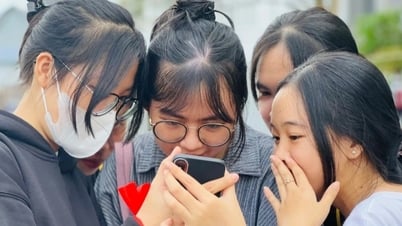
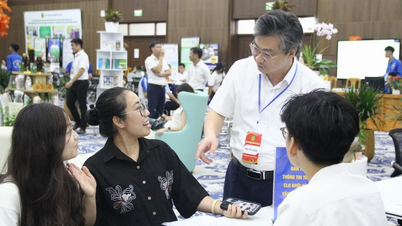

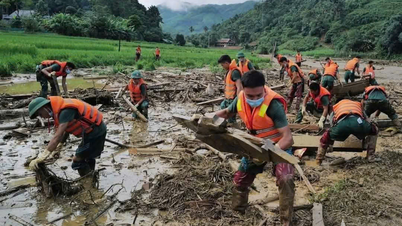

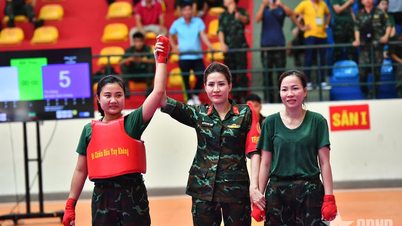
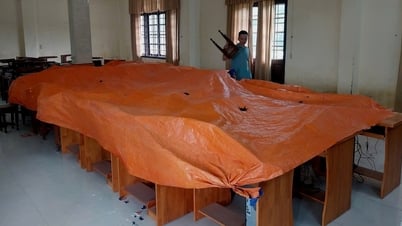
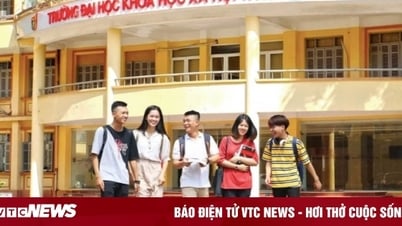



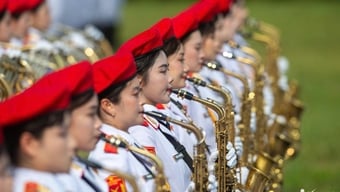

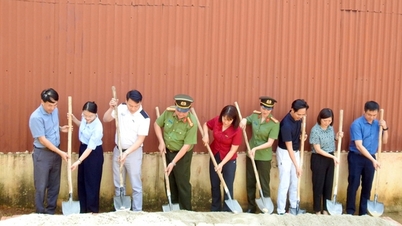
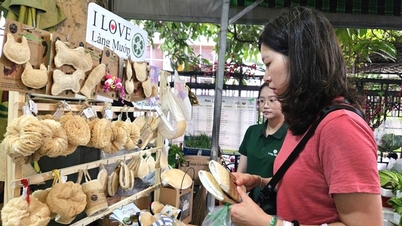

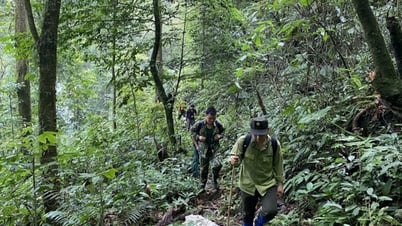

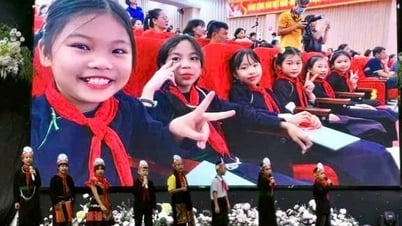
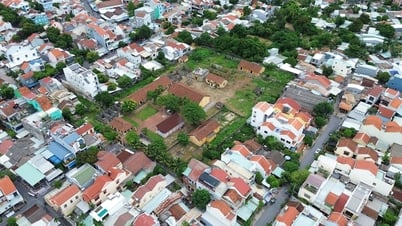

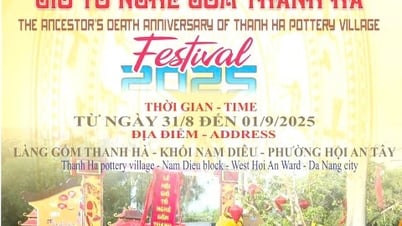

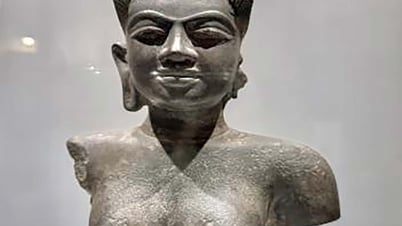

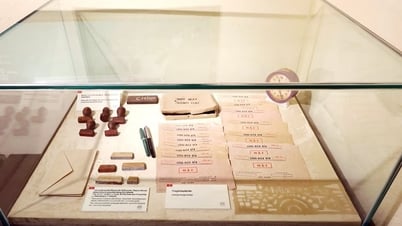

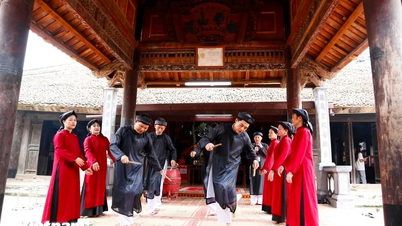
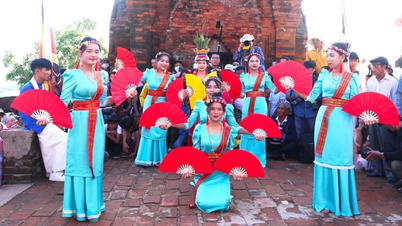




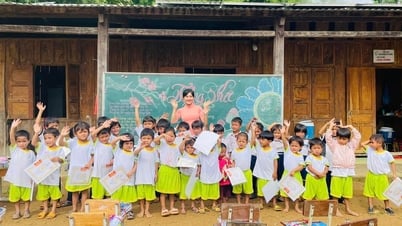
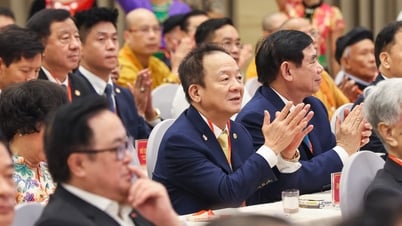

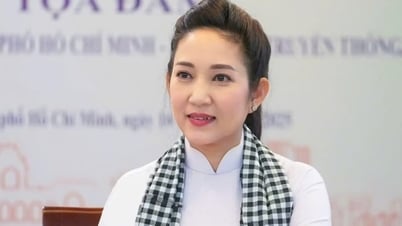
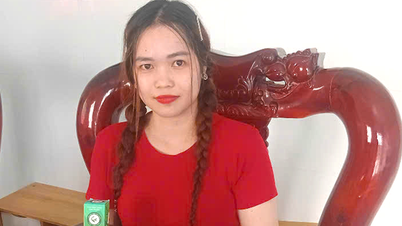
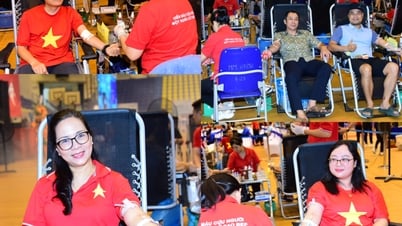







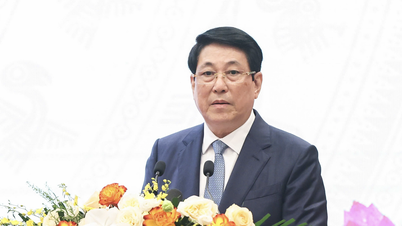


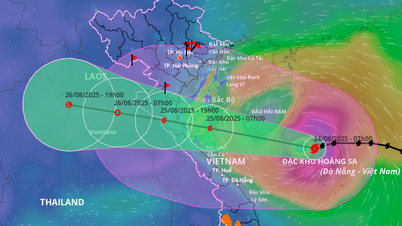
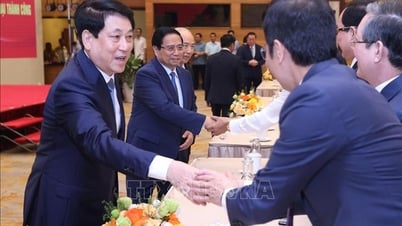

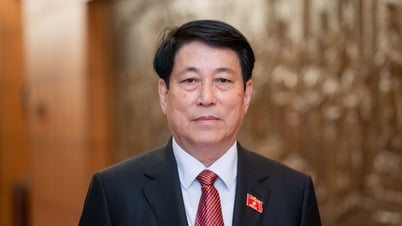

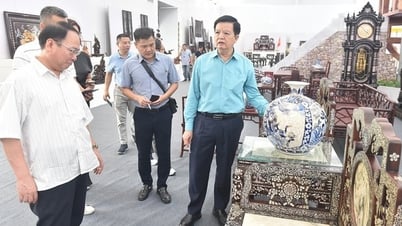






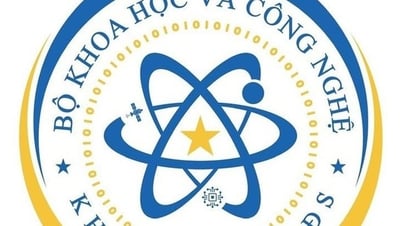
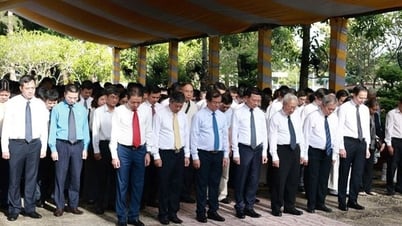
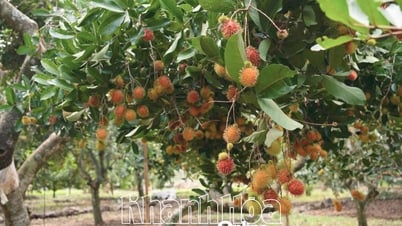



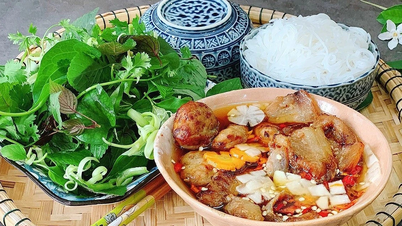

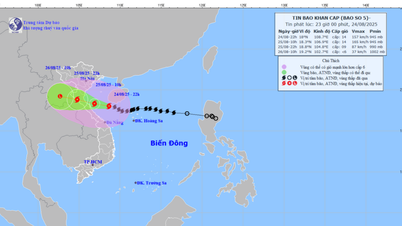
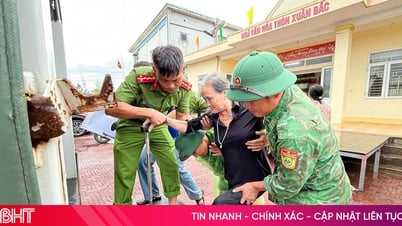





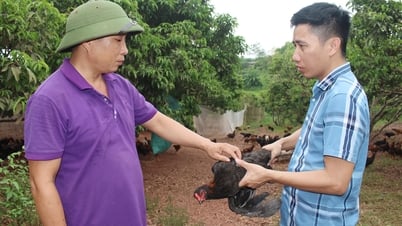
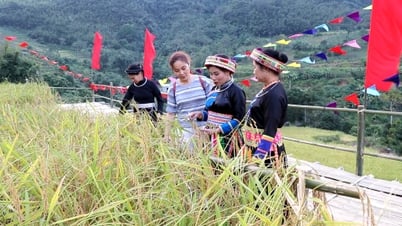

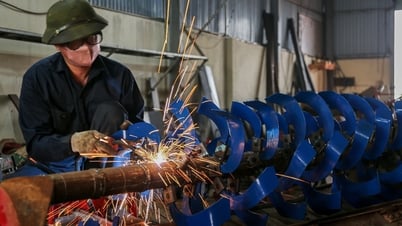
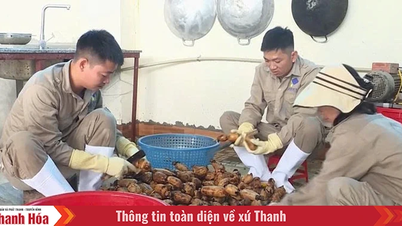

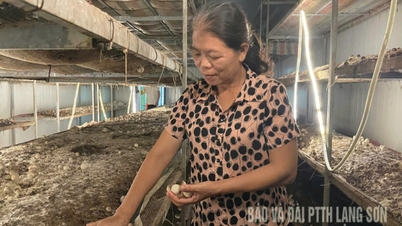


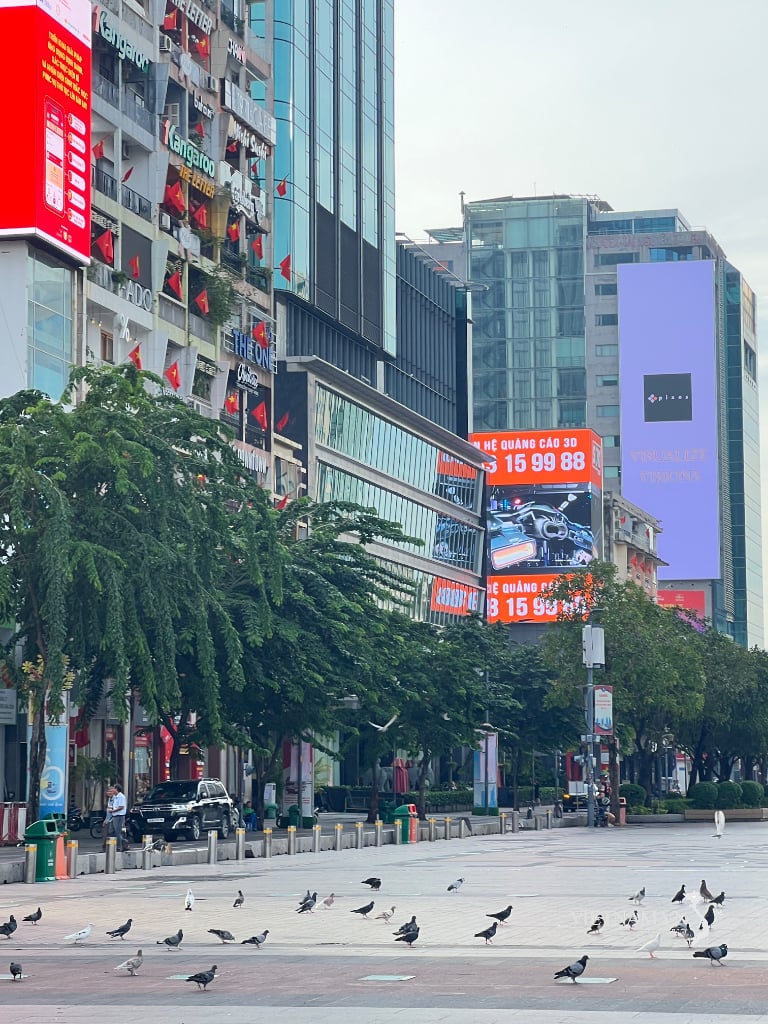


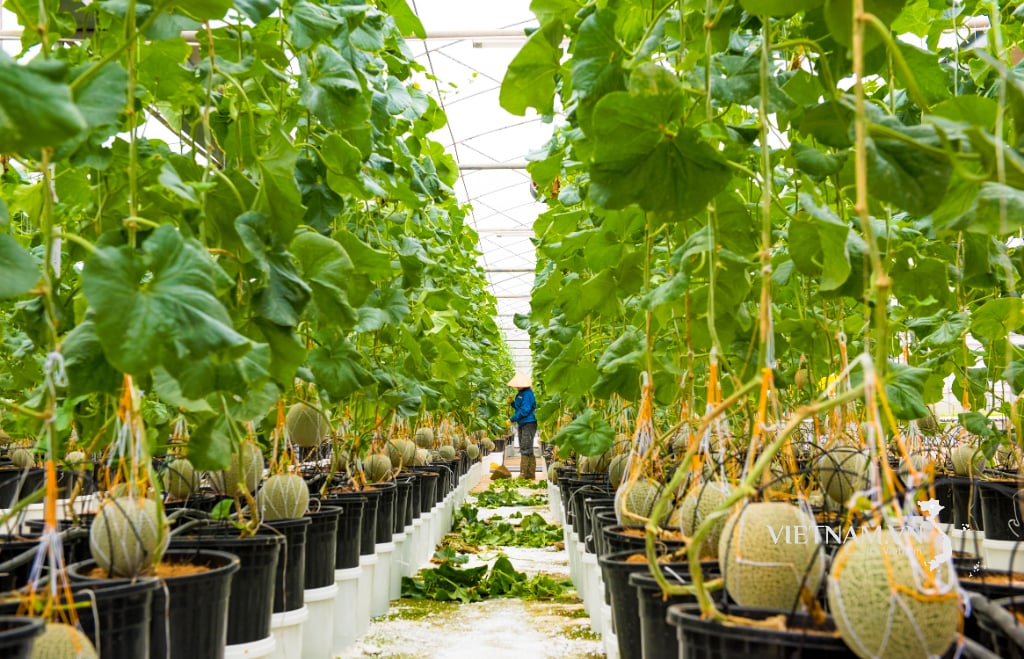
Comment (0)